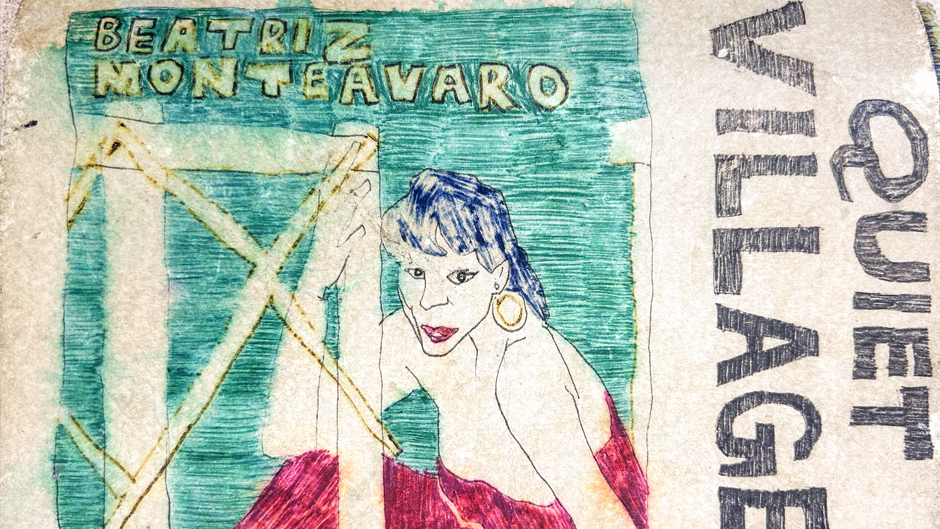One is a box with a small window depicting a tiny three-dimensional forest.
Another features a golden sphere wrapped in chains and invites the reader to touch it.
Yet another showcases pen drawings that evoke images of two prominent city skylines.
Some look like sculptures; others are interactive. Some are miniscule; others are massive. All these are artists’ books. University of Miami Libraries Special Collections has nearly 2,000 of them. The Cuban Heritage Collection has about 700. Each one has more in common with a work of art than a traditional book. Each was handmade by an artist.
“An artists’ book is not unlike an art object, and it is inspired by or based on the idea of a book,” said Elizabeth “Liz” Cerejido, curator for Cuban collections at the Cuban Heritage Collection.
“Its definition as an artists’ book is determined by the artist's intention. Some artists’ books follow the structure of a book, and like a traditional book, they follow a narrative,” she said. “Others, however, challenge traditional perceptions of what a book is by expanding the conventional definition of a book through its structure or materiality.”
Cristina Favretto, head of Special Collections, describes artists’ books this way: “It is a piece of art that tells a story. It could tell it through words. It could tell it through images; it could tell it through the shape of the book. They are all very different. Some are very simple, and some are very complex and could take a long time to make, or it could take many people to make it. But after a while, even a person who is not an expert knows one when they see it.”
Through these various means, “artists explore other ways of storytelling, affecting too how users engage with these items,” Cerejido explained. “They serve as useful and compelling teaching tools precisely for the ways they both enrich and challenge user experience.”
The three examples below point to the diverse ways in which artists use the “idea” of a book to either build on or expand the ways in which we engage with the intersection of book making and art practice, she said.
Lydia Rubio, “MiamiLaHabana”
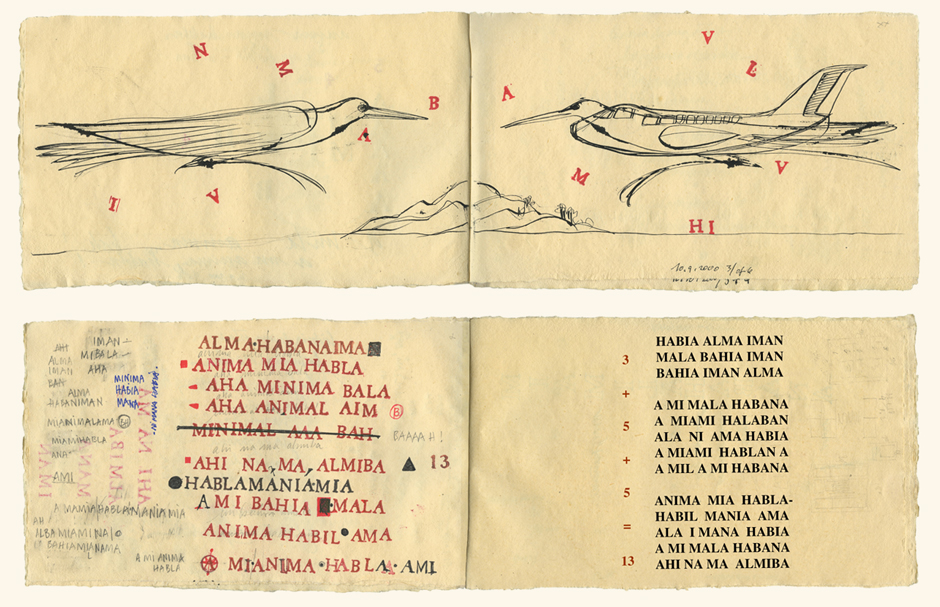
Rubio's artist’s book is comprised of beautiful pen and ink drawings, which include letters that creatively deconstruct the words “MIAMI” and “LA HABANA.”
Ricardo Rodriguez Brey, “The Kingdom”
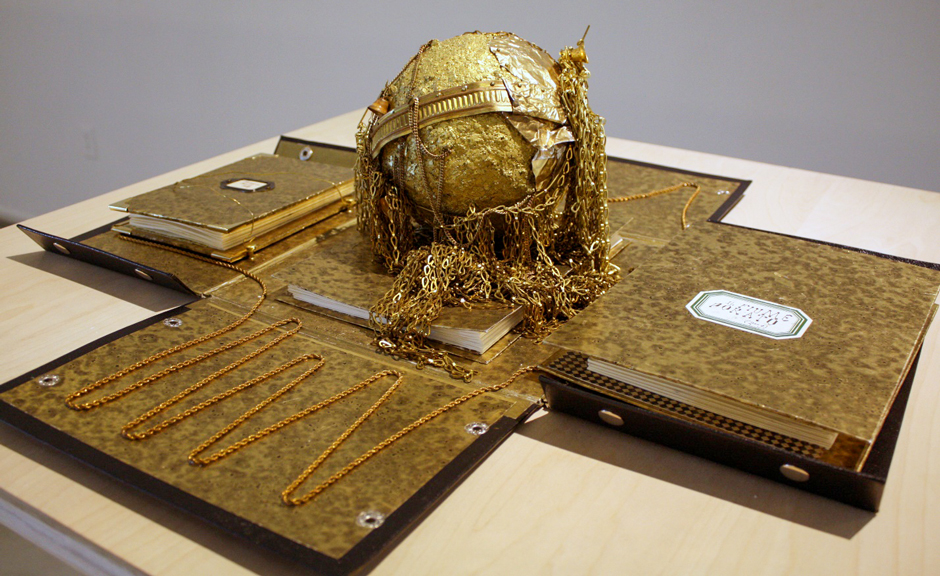
Brey uses a variety of materials to create a visual narrative. The “book” is a three-dimensional object structured like a box that invites the viewer to discover and experience, actively engaging with the work. The middle looks like a globe hugged by chains.
Beatriz Monteavaro, “Quiet Village”
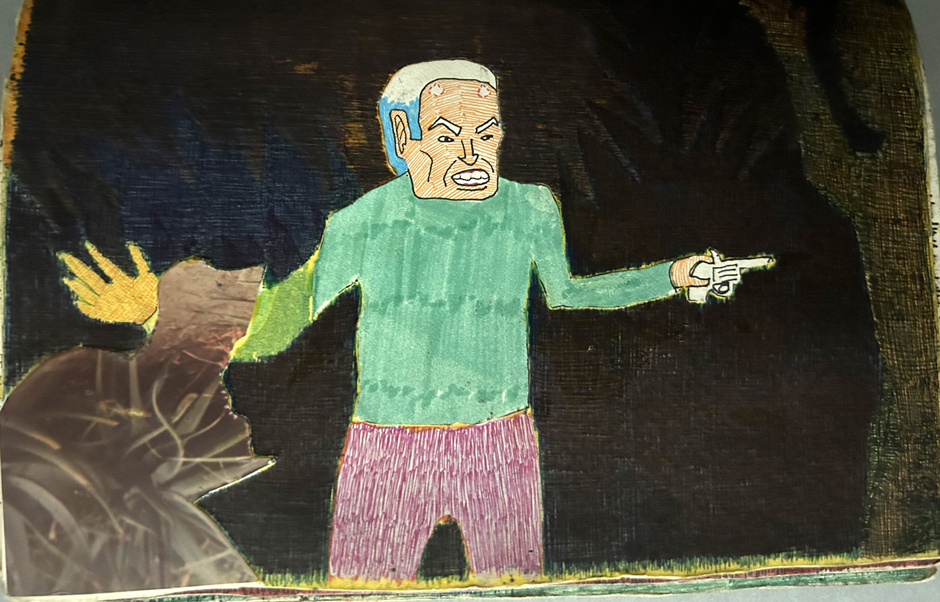
Monteavaro's piece “reads” like an artist’s sketch book. Her aesthetic differs greatly from Rubio's and Brey's, as her work is inspired by punk aesthetics, urban myths, and popular culture. Though small in format, it is chock full of thick pages covered in images using paint, collage, and other mixed media.
Favretto chose her favorite artists’ books in Special Collections. These are:
Philip Zimmerman, “Sanctus Sonorensis”
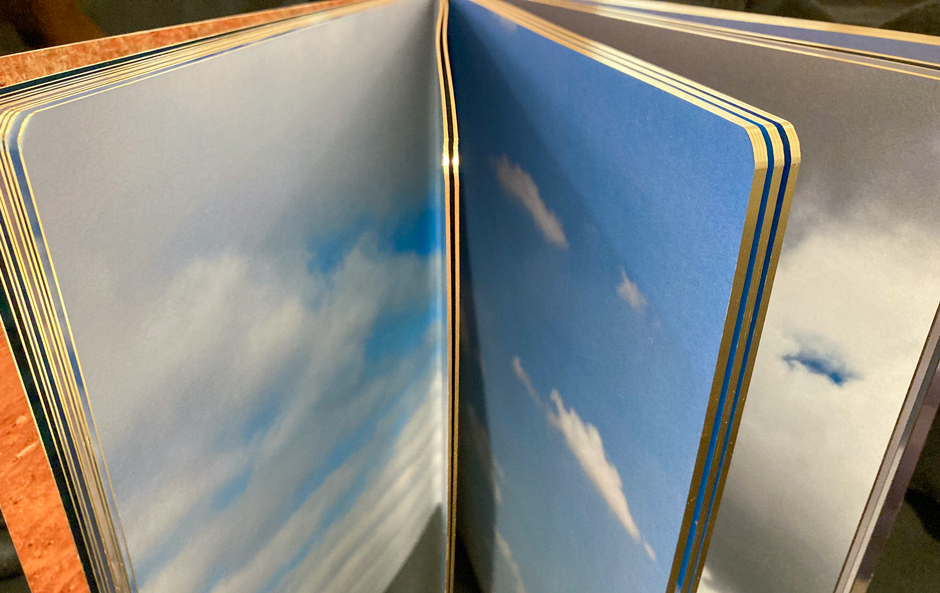
Inspired by the Bible’s Beatitudes, this book is full of beautiful photographs and texts chronicling the journey of Mexicans crossing the Sonoran Desert in search of a better life in the United States. Its pages are gilded with rounded edges, reminiscent of a missal or prayer book.
Julie Chen, “View”

Prompted by a very painful personal loss, the artist explores loss and grief. The book is a box with three compartments, featuring two accordion-like pamphlets (with poems and phrases) and a central section that opens into a miniature landscape. The diorama-like scene was inspired by a dream in which she saw her loved one waving goodbye to her.
Reiko Sudo, “The Nuno Box: Textiles of Reiko Sudo”
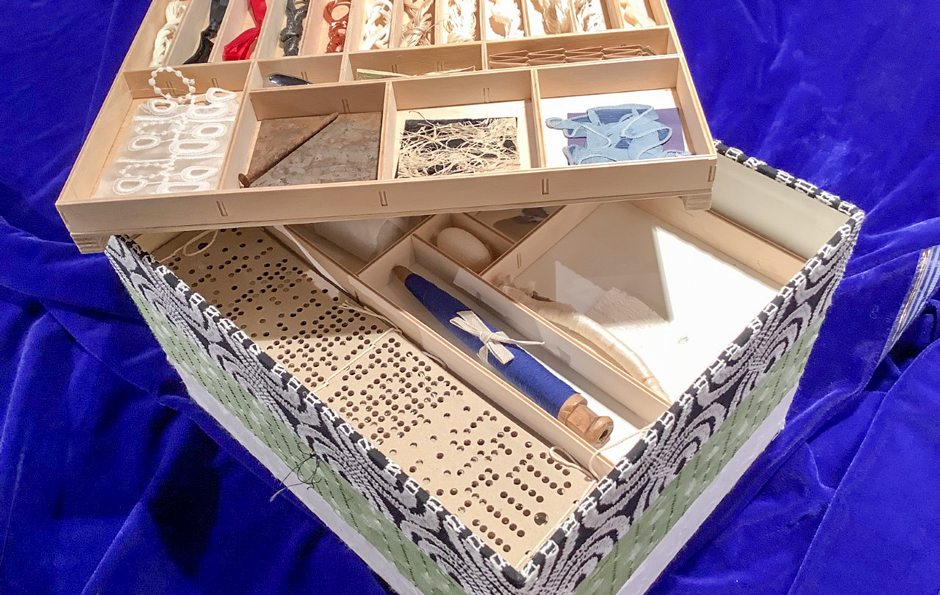
Fashioned after a bento lunch box, this book was created by one of Japan’s leading textile artists. It features gorgeous and intricate textile work, as well as tools she uses in her trade. The book's many compartments hold samples of different fabrics, as well as three scarves and two screen-like pamphlets.
Those interested in exploring more artists’ books can search “Artists’ Books Collection” in the Libraries online catalog. Find out more about the unique materials in the Special Collections and Cuban Heritage Collection.
